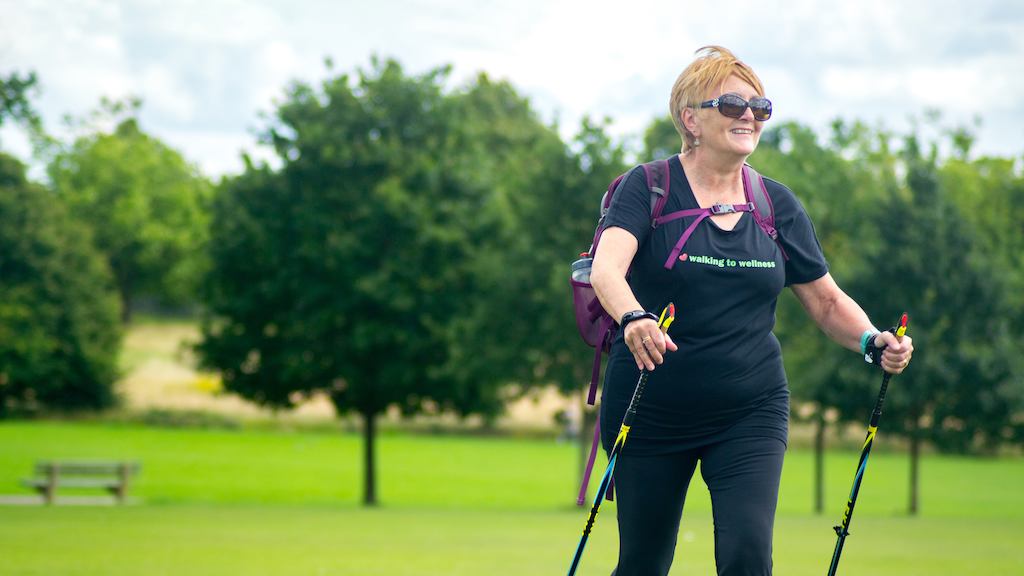The review underlines the importance of the UK CMOs’ guidance that all adults need to undertake strengthening and balance activities suitable for them at least twice per week in order to maintain and improve health.
Strength and balance activities can also help improve health during difficult or life-changing times like pregnancy, menopause, onset of or diagnosis of disease, retirement and recovery from hospitalisation.
For those at risk of falls or fracture, supervised structured exercise is also recommended at a pace that suits the individual to help maintain independence and support healthy ageing.
Dr Alison Tedstone, head of diet, obesity and physical activity at PHE, said:
“Alongside aerobic exercise such as brisk walking, all adults should be aiming to do strengthening and balancing activities twice per week. On average we’re all living longer and this mixture of physical activities will help us stay well in our youth and remain independent as we age.”
Dr Zoe Williams, physical activity champion for PHE, said:
“Being active isn’t just about getting your heart pumping – although this is a good way to begin. Strength and balance activities work in conjunction with cardio activities like brisk walking, and come with a range of health benefits throughout your life - it’s never too late to start.”
Jess Kuehne, Senior Engagement Manager, Centre for Ageing Better added:
“It’s clear that we need to give equal weighting to activities that boost muscle and bone strength and improve balance rather than simply focusing on aerobic exercise.
“There is significant potential to make savings to health and social care services if we do more to promote muscle strengthening and balance activities and recognise their role in helping to keep people healthy and independent for longer, particularly as they age.”

